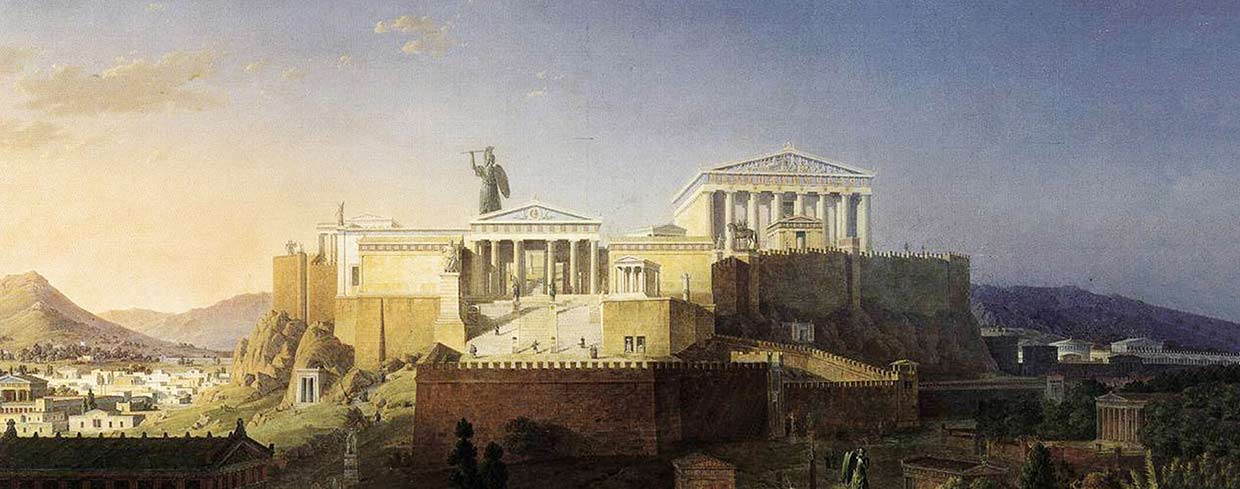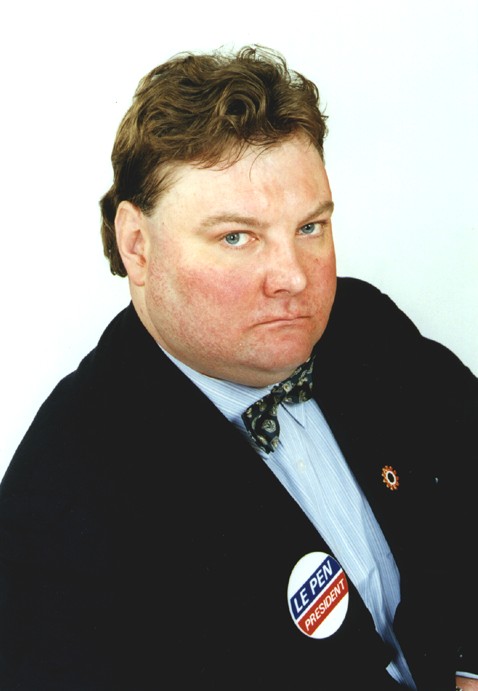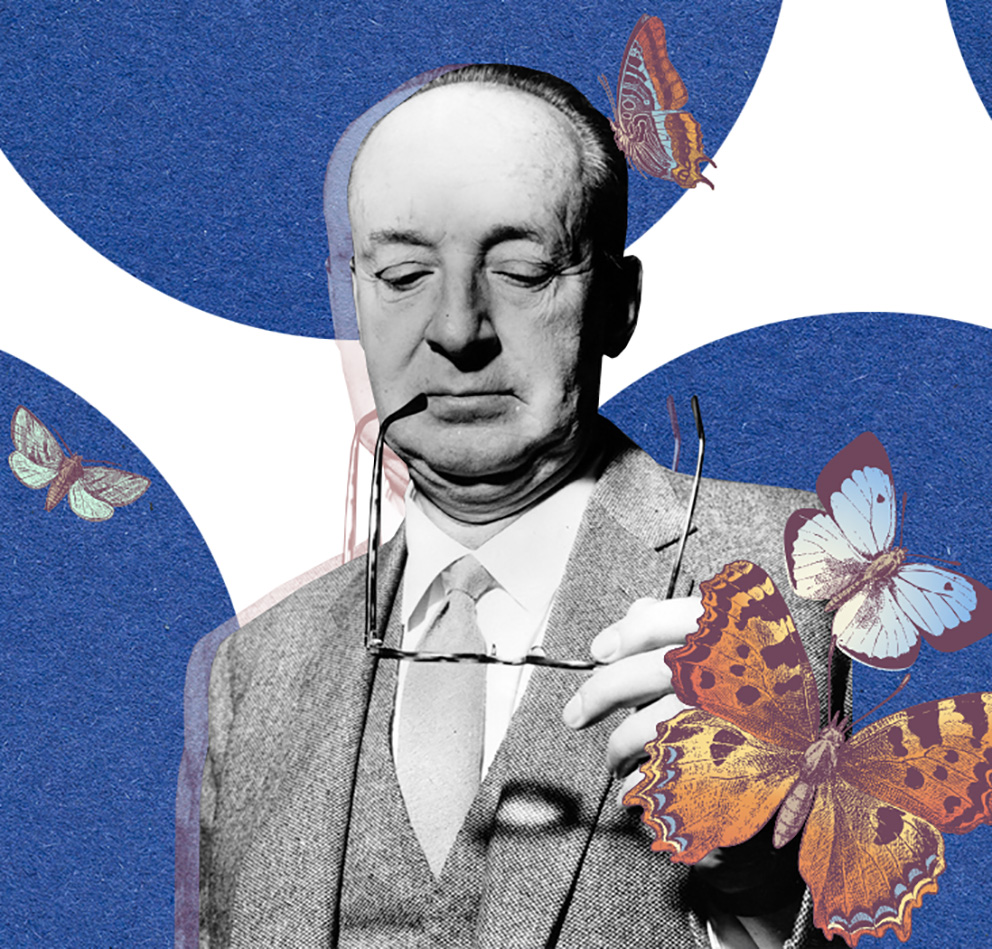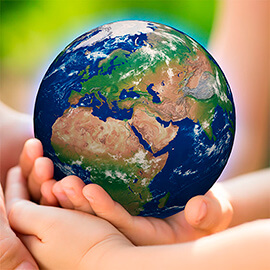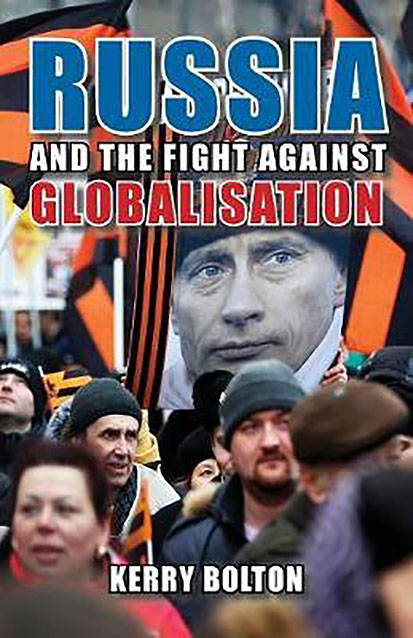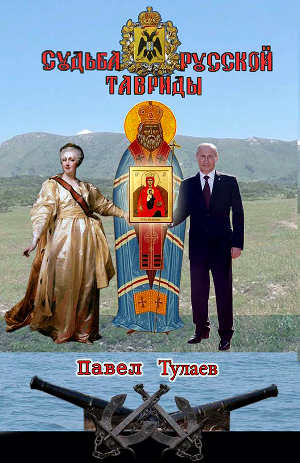By Kerry Bolton
Other than some occasional references on ‘the news’, Crimea largely goes unnoticed. It
remains strangely obscure. Who could describe the whereabouts of the region, let alone
anything of its ethnology, politics and history? Yet if obliged to consult a map few could
surely fail to perceive that there is a region that must be of strategic importance, and
presumably one that has had a significant mark on history.
Dr Tulaev’s marvellous book on the Crimea examines the region historically, geopolitically
and ethnologically, explaining how and why the region is of pivotal importance to the future
not only of regional politics but of the world, and indeed how Crimea, whether we realise it
or not, has long been significant, and often crucial, in determining world-historical events.
Since the implosion of the Soviet bloc, having been given a huge push by both outside and
inside forces of decay and subversion, with the gradual attempts to dismember the Russian
geopolitical and civilizational sphere, the Crimea has been the focus of interests intent on
destroying Russia as part of a process which is of many centuries duration. The players
change but the fundamental premises remain: Russia’s world-mission goes beyond politics
and reaches the spiritual; a messianism that intrinsically conflicts with others messianisms.
The latter are by contrast materialistic in character, engaging Russia in an ages-old conflict.
Russia as the custodian of mankind’s spiritual future, are in conflict, whether one views this
literally or metaphorically, with the Antichrist; that is, those forces that aim to inverse the
spiritual in man, and enchain man to gross matter. Here it has been said that Russia is the
Katechon, Moscow is the Third Rome. This battle has often been evident if one looks at
history, and those powers that assume the mantle of the Antichrist are recognisable as those
that have attacked Russia, reaching back over millennia.
Crimea has been the first suffer what seems to be the eternal martyrdom of Russia, and
it continues to do so.
‘The precious diamond in the crown of the Russian Empire’, ‘the throne of the Black sea’,
‘an unsinkable aircraft carrier’, ‘the microcosm of Eurasia’, are among the ways the Crimea
has been described, indicating its importance.
At the crossroads of civilisations, the settlement of the region is described by Tulaev in the
course of thousands of years: it is the historical drama of the Taurus, Cimmerians, Scythians,
Greeks, Goths, Tatars, Khazars, Turks, Armenians, Mongols, Muslims, and Slavs. Through
the particularly high historical drama that has welded Russia into a unique culture-organism,
maintained by a unique people, Crimea underwent the same forces in becoming an integral
and crucial part of the Russian soul, folk and land. Of particular significance is the role that
Crimea assumed in the rise of the Orthodox Russian Church, making Russia the successor of
Byzantium, giving Russia a very special role in history that endures regardless of outward
political forms. It is through the Crimea, bordering Turkey, that Russia holds the East back
from the West, and where the control of the Black Sea beckons the reconquest of
Constantinople, and the return of the Church of Hagia Sophia, to Christendom, which cries
out for liberation and re-consecration.
In the great historical dramas Crimea has been invaded by Tatar Muslims and Mongols, the
Crimean folk subjected to long durations of slavery by Tatars and Turks, and subjugated by
the ‘Crimean Khanate’. With Cossacks among the vanguard, Russia liberated her enslaved
brethren after many years fighting. The Crimean Peninsula joined the Russia Empire in 1783,
many Crimean Muslims were loyal to Russia, and Christians settled to till the land.
As it seemingly has always been for Russia, peaceful respite was short-lived. France under
Napoleon attacked, and Russia suffered with the loss of hundreds of thousands of lives; but a
strengthening of ‘spiritual forces’, as Tulaev remarks. A result was the formation of the Holy
Alliance among Russia, Austria and Prussia, the architect of this great plan for a front against
the powers of spiritual dissolution, including a recognition of the influence of the subversion
by secret societies, being Tsar Alexander I. Had this alliance of traditional forces held
together Russia would surely have been spared Bolshevism, and history would have set upon
a different course that can now hardly be imagined.
With the defeat of Napoleon the Crimea embarked on a rich cultural and religious life. Yet
again, the peaceful interregnum soon ended, and again by the ancient enemy Turkey,
encouraged by Britain, in its duplicitous role as so often the case, now in alliance with the
former enemy France and joined by Sardinia. What became a global conflict started in
Crimea in 1854. If the Black Sea Fleet was destroyed this would see the destruction of the
Russian Empire. In a betrayal of the Holy Alliance, Austria joined the Turks, British, and
French et al. A heroic defence of Sevastopol was enacted. Again, the French forces, as they
had under Napoleon, desecrated the holy places of the Orthodox Church, surely indicating
how correct Alexander had been in attempting to forge a Holy Alliance against subterranean
forces that were intent on destroying Christian civilization, these forces having triumphed in
France in 1789. Russia was defeated in 1856 and the Black Sea was demilitarised. Russia had
suffered 246,000 deaths, of which 100,000 were at the siege of Sevastopol. ‘The Siege of
Sevastopol’ became an enduring part of the Russian ethos. It was also from this time that
Karl Marx, was writing under the impress of the 19th century materialistic Zeitgeist of which
Britain, where he lived, was the guardian. Marx remained vehemently anti-Slav and anti-
Russian, and it was his doctrines that were to provide Russia’s enemies with a means of
destruction.
A new alliance between Russia, Germany and Austro-Hungary was wrecked by the Kaiser
when the pro-Russian chancellor, Bismarck, was removed, and this was replaced by the
Triple Alliance of Italy, Germany, and Austria. Alliances shifted, Russian joining the Entente
in 1907. In the interim Russia had endured the first of its revolutionary upheavals in 1905,
when engaged in a war with Britain’s ally Japan, while Wall Street banker Jacob Schiff,
motivated by a rival messianism, financed Japan, and funded George Kennan, a Russophobic
hack journalist to spread revolutionary propaganda among Russian POWs in Japan. These
demobilised soldiers returned to Russia where they became the cadres of the revolutionary
movement. A similar scenario was replayed in 1917, documented by Professor Richard
Spence in his Wall Street and the Russian Revolution 1905-1925.
The revolutionary tumult of 1917 was, like that of 1905, aggravated by war. Again, in the
1914-1918 world war, the Crimea was a central point. Apart from the Black Sea Fleet, the
strategic character of Crimea was enhanced by Sevastopol having become the centre of
Russian aeronautics. It was also the centre of recuperation for the war wounded. Of course,
given the border with Turkey, this was additionally the front against the Ottomans, with the
Russian fleet being under the command of Vice Admiral Kolchak. When the February
Revolution erupted it was Kolchak who held firm against the revolutionists. Again Crimea
played a unique historical role. With the Kerensky Provisional Government supporting
Crimean Tatar and Islamic separatists, and the ‘Ukrainization of Crimea’, and Sevastopol
becoming the centre of the embryonic Soviet power that was to become the Bolshevik state in
October, Kolchak resisted. Hence, the heroic opposition to Bolshevism that Kolchak was to
maintain in Siberia until 1920, in the face of decisive treachery by the American military
mission, commanded by General William S Graves, who made no secret of his hatred for
Kolchak, had its beginnings in Crimea… And Kolchak became another martyr for Holy
Russia.
In January 1918 the Bolsheviks had taken Crimea and begun the Red Terror. German and
Ukrainian forces captured Sevastopol, but with the defeat of Germany, it was returned to
Russia. In 1920, under the command of General Wrangel, an anti-Bolshevik redoubt was
again established, but a reign of terror was unleashed under Bela Kun, the lunatic who had
briefly established a Bolshevik state in Hungary. Now there were 120,000 Crimean victims,
and the Christian holy places were again destroyed. Soviet domination also saw the kulaks
evicted or killed.
When Hitler’s army invaded, the Crimea Peninsula was pivotal. The Nazi plan was to
incorporate Crimea into the Ukraine, to expel the Russian folk, and repopulate the region
with Germans, as returning ‘Goths’. This time Sevastopol put up a heroic defence of 250
days against German forces. As in the previous world war, Ukrainians saw a chance under
the Germans, assuming they would be enabled to dominate Crimea under Germany’s new
order. Tatar-Muslims, with the support of Turkey, also assisted the German invasion. Stepan
Bandera’s Ukrainian nationalists optimistically declared Ukraine to be the ‘gravedigger of the
Russian empire’. They’re still doing so, with support from Soros, EU, NATO, USA, EU, etc.
After the world war there was pressure from the USA to demilitarize Crimea, and also to
create an automatous Jewish republic there. Zionist agitation in the USSR was not mitigated
by the Soviet support for the creation of Israel, and in his last speech to the Politburo in 1952,
Stalin attacked the Zionists in Russia, allied with those in the USA and Palestine. It seems
reasonable to conclude that such a state would have been a bridgehead for US influence, just
as separatism is used by the USA and other outsiders now. At any rate, Stalin was probably
poisoned shortly after, and the Ukrainian functionary Khrushchev assumed power. In a
prelude to the Gorbachev and Yeltsin years, he began to open the USSR up to jazz, abstract
art and vulgarities of the type that had been rejected as ‘rootless cosmopolitanism’ and as un-
folkish under Stalin. At this time the CIA organised the Congress for Cultural Freedom
among disaffected Marxist literati and artists in what has been called the ‘cultural cold war’.
After the termination of the publically discredited Congress for Cultural Freedom, and its
replacement by the Congressionally-funded National Endowment for Democracy (NED), also
established by anti-Russian socialists, the culture-decay continued to spread in the years prior
to the Soviet bloc’s implosion, especially in the satellite states, as a prelude to the ‘colour
revolutions’ that were being planned and funded from the USA, through an array of NGOs. It
was epitomised for example by Vaclav Havel in Czechoslovakia, his ‘Plastic People of the
Universe’ rock band, which became a focus for revolt, and Charter 77. ‘Solidarity’ in Poland
and other organisations in the Soviet bloc received funding from NED, Soros and others.
In 1954, a year after his assumption to power, Khrushchev took 15 minutes to decide
Crimea’s fate as a part of the Ukraine, disregarding constitutional requirements. Crimean
leaders loyal to Russia were purged while Tatar and Bandera collaborationists returned from
exile in large numbers. In 1978 the special status of Sevastopol as an independent city-state
under the protection of the Soviet central government was reversed, and the city was brought
under Ukrainian dominance. With the USSR reaching its end, in 1991 93.26% of Crimeans
nonetheless voted in a referendum for union with the USSR. In 1992 Ukraine seized the
Black Sea Fleet, and the Russian Navy was required to rent Sevastopol, while Ukraine moved
towards the orbit of the USA, EU and NATO. Banderists and other Ukrainians attempted to
invade Sevastopol but were resisted. The pro-Russian Yanukovych having assumed the
presidency of the Ukraine, was targeted by a CIA-directed revolt in 2014. With popular
resistance by Crimea’s Russian majority, the Russian military intervened to prevent a
Ukrainian invasion. In 2014 an autonomous Crimean republic joined the Russian Federation
after a referendum returning a 96.77% support vote, which however remains unacceptable to
outside interests.
With this English edition of The Destiny of the Russian Taurida, Tulaev, a scholar with long
and close associations with Crimean artistic and intellectual circles, opens a region of the
world largely unknown to those outside of its immediate geopolitical scope, yet one which
really has world-encompassing significance. As Tulaev shows Crimea is an integral part of
the Great Russian civilisation bloc and a pivotal factor in the world-historical mission of the
Russian people-nation-state. Russia has assumed that role not by any abstract ‘rights’ as
defined by Grand Lodges, parliaments, world assemblies, or ‘world opinion’, but by
centuries of continual bloodshed spilled in martyrdom. Whether Russia resurrects sufficiently
to fulfil its destiny is not necessarily guaranteed, whether by history, fate or God. But a
mission there is, and it is this that the USA, having assumed the leadership of the Antichrist
current, whether metamorphically or literally, is adamant to the point of a psychotic hatred, in
preventing. The US State Department declares against all the logic of history, in a press
statement entitled ‘Crimea is Ukraine’:
February 27 will mark the sixth anniversary of Russia’s attempted annexation of
Ukraine’s Crimean peninsula, and the United States reaffirms: Crimea is Ukraine. As
underscored in our July 2018 Crimea Declaration, the United States does not and will not
ever recognize Russia’s claims of sovereignty over the peninsula. We call on Russia to
end its occupation of Crimea…(Michael R Pompeo, US Secretary of State, 26 February
2020).
The National Endowment for Democracy, Open Society Foundations, and a multitude of
other NGOs, many of whom were expelled from Russia for flagrant internal political
interference, continue to sponsor a broad range of efforts to undermine Russia, with Crimea
as usual as a crucial factor in this process. For example, the Soros network has affirmed this
role in the overthrow President Viktor Yanukovychin 2014, for his having preferred Russian
friendship to plutocratic entanglements, Open Society boasting:
Civil society activists and NGOs played an important role in organizing this
early protest movement. … TheInternational Renaissance Foundation, part of the
Open Society family of foundations, has supported civil society in Ukraine since
1990. For 25 years, the International Renaissance Foundation has worked with civil
society organizations defending human rights and justice, tackling corruption,
supporting Ukrainian minorities including Tatars and Roma, pursuing health and
education reform, and helping to facilitate Ukraine’s European
integration.(Understanding Ukraine’s Euromaidan Protests, Open Society
Foundations, May 2019; emphasis added).
It might be noted from the above that the globalists admit to using Tatars and other ethnic
factions to dismember the Russian sphere, and to replace alliance with Russia with that of the
EU, an issue which was used to overthrow the elected president, Yanukovych.
The Soros analysts proceed to castigate Russia’s aid to what they condemn as Crimea’s
‘Russian majority’, while lauding Ukrainian and Tatar separatism. Apparently ‘majority rule’
is a principle that is selectively applied by the globalists, according to their strategic agendas,
and becomes anathema when it does not serve their purposes, as do democratic processes
when they do not result in the desired outcomes. The very name Crimea does not exist in
their lexicon. Nowhere is it used, but only Ukraine. Crimea Russians are a non-people. In
such Russophobic analysis we see the origins of a manufactured ‘public opinion’ that
declares the rights of Russians in whatever circumstances they are in, as antithetical to a
‘new world order’, which seems to require the literal extinction of the Russian people, as it
has the Afrikaner and others. It is the same genocidal mania that has been pursued for
centuries.
2020.11.14
